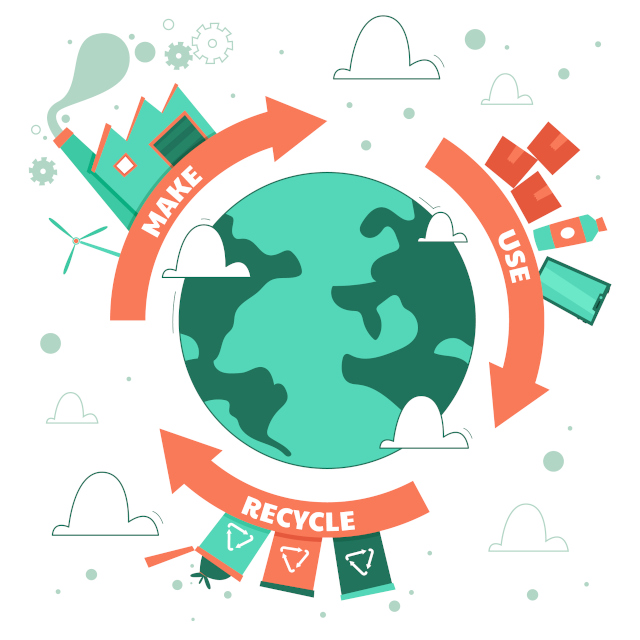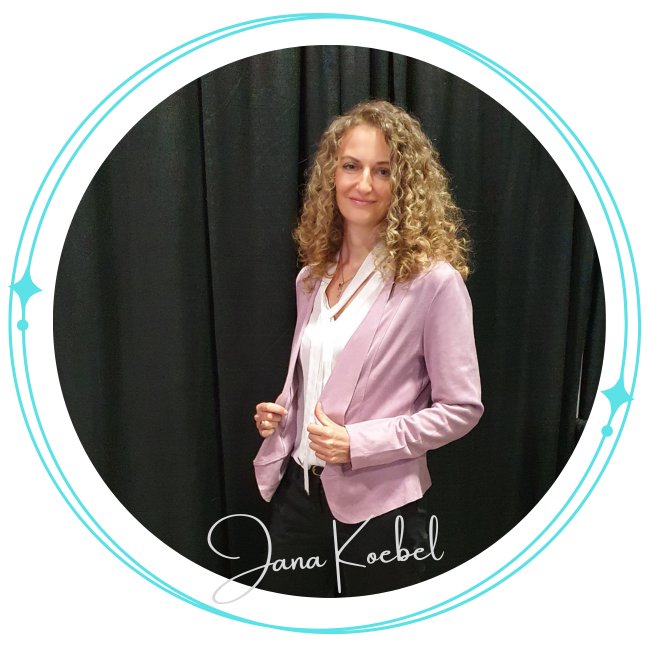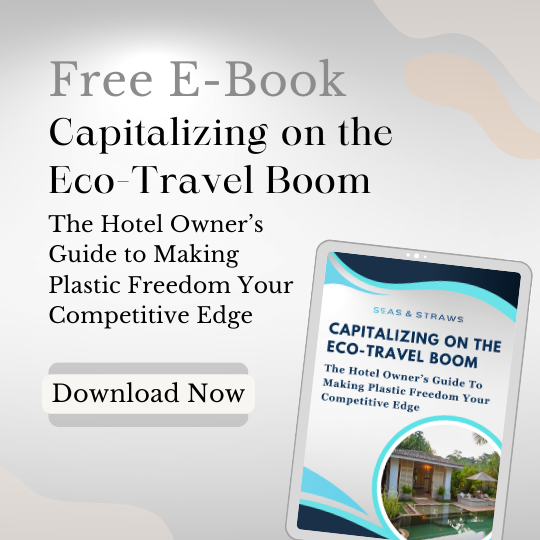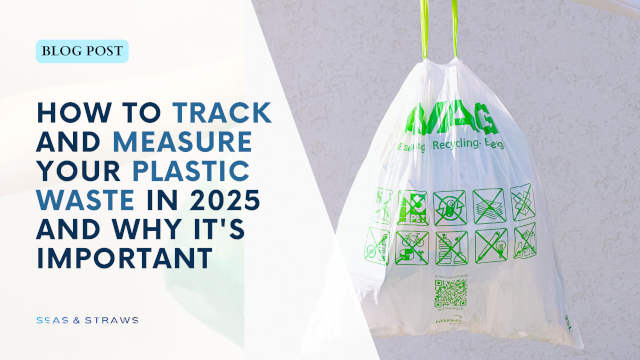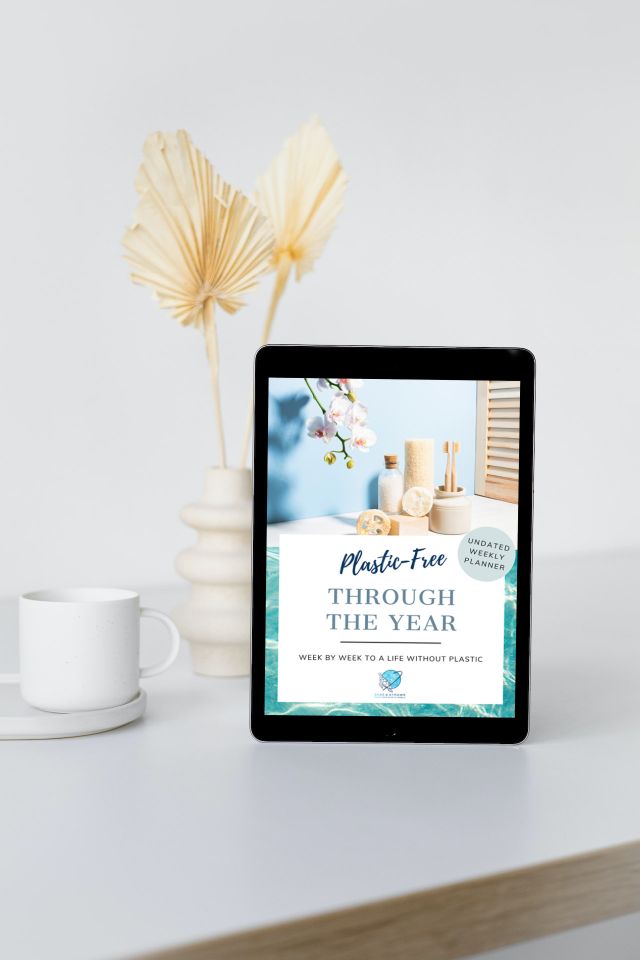- Home
- Plastic Alternatives
- Circular Economy
- Circular Economy for Plastics
Breaking the Paradigm: How a Circular Economy for PLastics Can Save Our Planet
Plastic. It's woven into the fabric of our daily lives, from the ubiquitous water bottle to the life-saving medical equipment. Its versatility and durability have made it a cornerstone of modern society. Yet, the very qualities that make it so useful have become its Achilles' heel. The linear "take-make-dispose" model has resulted in a colossal plastic waste crisis, choking our landfills, polluting our oceans, and infiltrating our food chain. The consequences are dire and demand a paradigm shift - enter the circular economy.
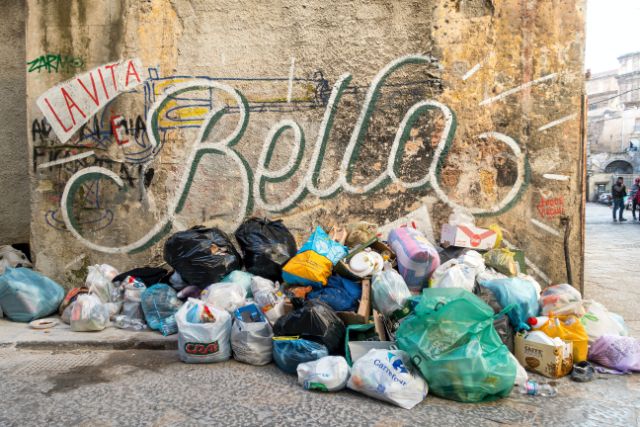 The ubiquitous plastic has resulted in a colossal waste crisis
The ubiquitous plastic has resulted in a colossal waste crisisWhat is Circular Economy?
Imagine a world where resources are valued like precious treasures, not disposable commodities. Products are designed for longevity, repair, and ultimately, rebirth. This is the essence of the circular economy, a system that aims to eliminate waste and pollution, keep materials in circulation, and regenerate nature. It's about closing the loop, creating a continuous cycle of use and renewal, and breaking free from the destructive linear model.
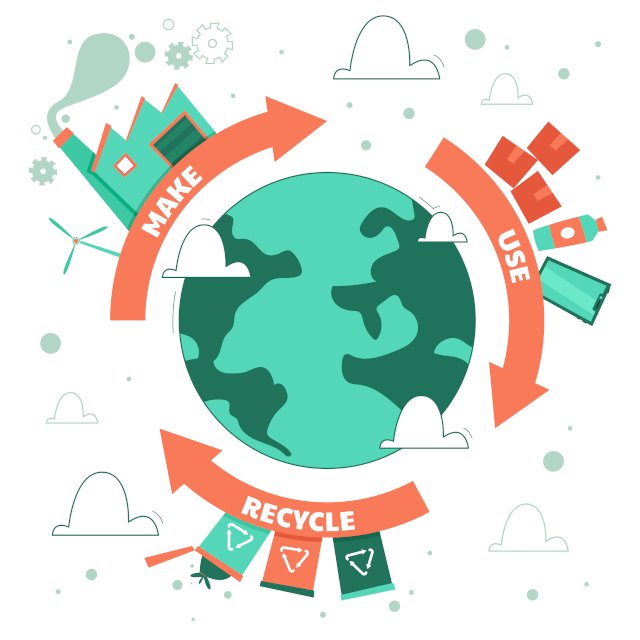 The Circular Economy creates a continuous cycle of use and reuse
The Circular Economy creates a continuous cycle of use and reuseClosing the Loop on Plastics: A 3-Step Plan
The world's plastic waste problem spirals: production doubles in 20 years, with only 9% recycled, leaving the rest to pollute our planet (OECD).
A circular economy for plastics tackles this challenge head-on with a three-pronged approach:
1. Elimination: Redesigning Our Relationship with Plastic
The first step is to minimize unnecessary plastic use. This involves:
- Product redesign: Rethinking product design to eliminate unnecessary plastic components. Think reusable coffee cups instead of disposable ones, or refillable containers instead of single-use packaging.
- Alternative materials: Exploring innovative bioplastics made from sustainable sources like algae or plant starch. These alternatives offer biodegradable and compostable options, reducing reliance on fossil fuels and minimizing environmental impact.
2. Innovation: Designing Plastic for Circularity
Not all plastic is created equal. To truly close the loop, we need plastics designed for circularity. This means:
- Recyclability: Ensuring plastics are easily identifiable and compatible with existing recycling infrastructure. Standardizing polymer types and improving labeling are crucial steps.
- Compostability: Developing and adopting biodegradable and compostable plastics for applications where recycling is impractical. This reduces plastic pollution in landfills and allows organic matter to return to the soil.
- Durability and Reusability: Designing products for multiple lifecycles through repair, refurbishment, and upcycling. This extends the lifespan of plastic products and reduces the need for new ones.
3. Circulation: Building a Robust System for Plastic Recovery and Repurposing
Finally, efficient collection, sorting, and reprocessing systems are essential to keep plastic in the loop. This requires:
- Improved infrastructure: Investing in advanced sorting technologies and recycling facilities that can handle complex plastic waste streams.
- Extended Producer Responsibility (EPR): Holding manufacturers accountable for the end-of-life management of their products, incentivizing them to design for recyclability and invest in collection and recycling infrastructure.
- Consumer behavior change: Encouraging responsible consumer habits like proper sorting and participation in deposit return schemes, where consumers receive incentives for returning used plastic bottles or containers.
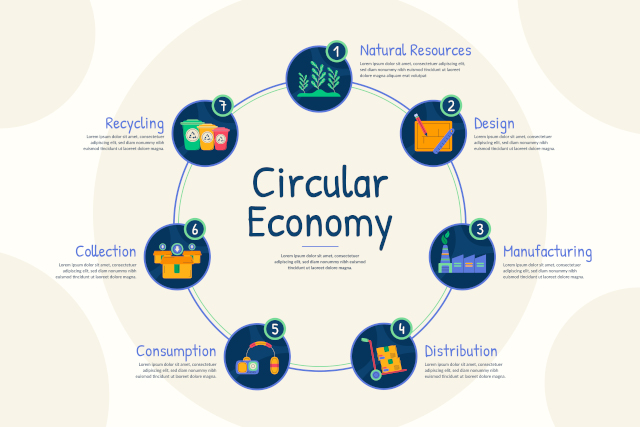 The circular economy applies to all stages of the design and production process
The circular economy applies to all stages of the design and production processBenefits of a Circular ECONOMY for Plastics
Transitioning to a circular plastics economy isn't just an environmental imperative; it's also an economic opportunity. Here are some key benefits:
- Reduced plastic pollution: By decreasing the volume of plastic waste that finds its way into landfills and oceans, we safeguard ecosystems, preserve wildlife habitats, and enhance human health and well-being.
- Resource conservation: As the production of virgin plastic diminishes, we conserve valuable fossil fuels, water, and other essential resources, thereby fostering sustainability and resilience in our resource management practices.
- Economic opportunities: The transition towards circularity fosters the emergence of new employment opportunities within the realms of waste collection, recycling infrastructure development, and innovation hubs, thus boosting the economy.
Building a Circular Economy for Plastics Together
The current trajectory of plastic pollution is unsustainable, demanding a transformative shift towards a circular model. While the benefits are clear, navigating this transition requires a multi-pronged approach and collaborative action from various stakeholders:
Industry:
- Embrace circular design principles: Companies need to integrate circularity into product development, prioritizing reusability, repairability, and recyclability. This goes beyond simply using recycled content; it demands a fundamental shift in how products are conceived and manufactured.
- Invest in innovation: Funding research and development of innovative materials like advanced bioplastics, improved recycling technologies, and closed-loop manufacturing processes is crucial. Collaboration with research institutions and startups can accelerate progress.
- Support policy advocacy: Industry voices play a vital role in shaping regulations and policies that promote circularity. Advocating for extended producer responsibility schemes, standardized labeling, and investment in recycling infrastructure is key.
Government:
- Implement supportive policies: Enacting legislation that incentivizes circular practices, penalizes pollution, and promotes investment in infrastructure is essential. Extended producer responsibility, deposit return schemes, and tax breaks for sustainable technologies are examples.
- Invest in public awareness: Educating consumers about the importance of waste reduction, proper sorting, and responsible consumption is crucial. Public awareness campaigns and educational programs can drive behavior change.
- Foster international cooperation: The plastic crisis is a global issue, and solutions require international collaboration. Governments should work together to establish global standards, share best practices, and promote knowledge exchange.
Consumers:
- Reduce plastic consumption: Every individual can make a difference by opting for reusable alternatives, choosing products with minimal packaging, and avoiding single-use plastics.
- Embrace responsible disposal: Proper sorting and participation in recycling programs are crucial for ensuring plastic waste enters the circular loop instead of landfills.
- Demand change: Consumers have a powerful voice. Holding brands accountable for their sustainability practices and supporting those committed to circularity can drive market transformation.
 Consumers are powerful. If you change your behavior, others will follow
Consumers are powerful. If you change your behavior, others will followThe road ahead is challenging, but the environmental and economic benefits of a circular plastics economy are too significant to ignore. By working together, embracing innovation, and shifting our mindsets, we can break the plastic paradigm and create a more sustainable future for generations to come.
